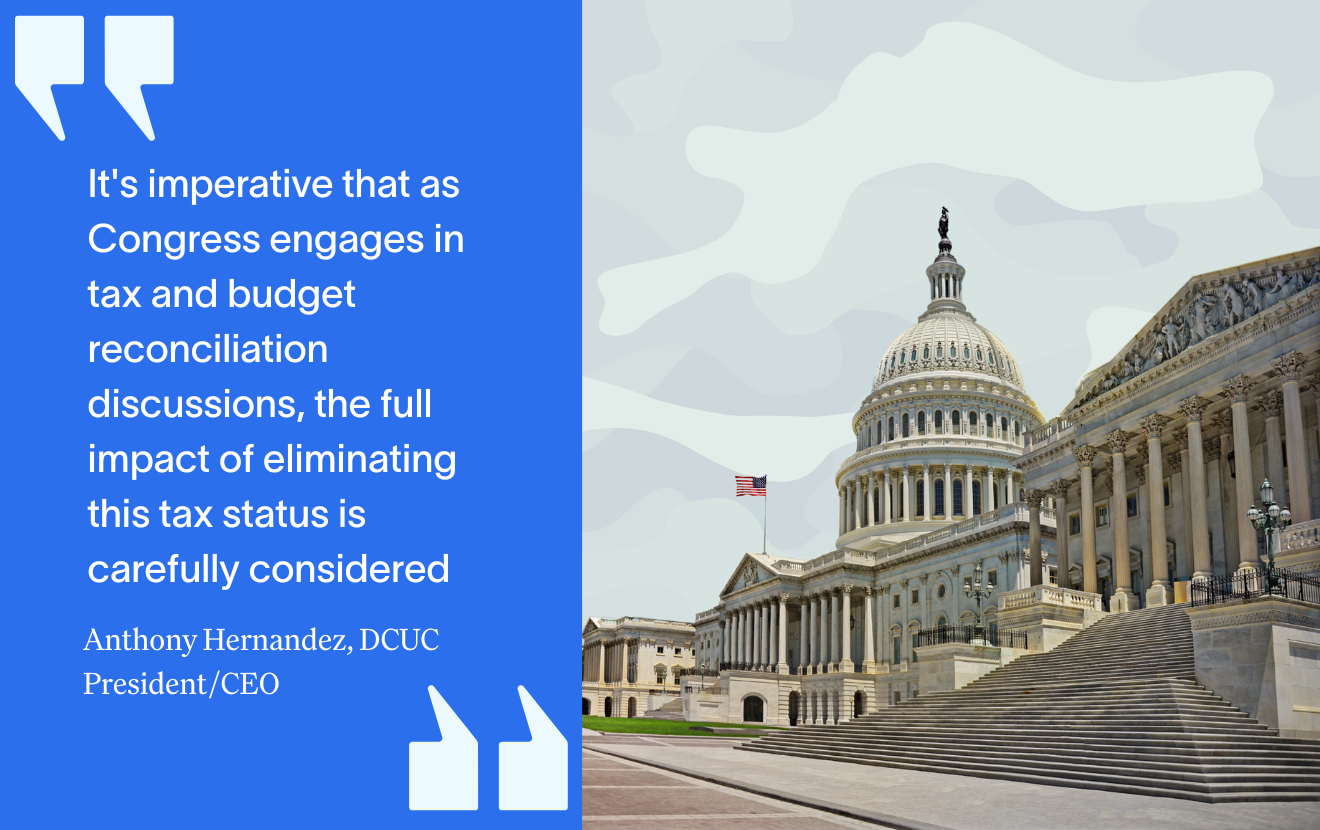Better—and often free—checking accounts remain a strong selling point for credit unions competing with banks for new members.
Consumers are more likely to find free checking at credit unions and small banks than at large banks with more than $10 billion in deposits, according to a survey from the U.S. Public Interest Research Group (U.S. PIRG).
"Choose to bank at a credit union instead of a bank," the report advises consumers, noting that credit unions' "average interest rates for loans are lower than banks' rates, and average rates for deposits are higher. That's a better deal both ways."
Sixty percent of credit unions surveyed provide completely free checking, according to the survey. That compares with 24% of big banks and 63% of small banks. While the biggest banks are raising fees and eliminating free checking, most continue to offer free checking with direct deposit.
Adjusting fee structures
Credit unions, however, still have to worry about the bottom line, which means fees on checking accounts, says Mike Schenk, CUNA's vice president of economics and statistics, inCredit Union Magazine.
If you removed noninterest income from credit unions' total income for the past decade, "credit unions' return-on-assets (ROA) would have been negative by a substantial margin," Schenk says.





